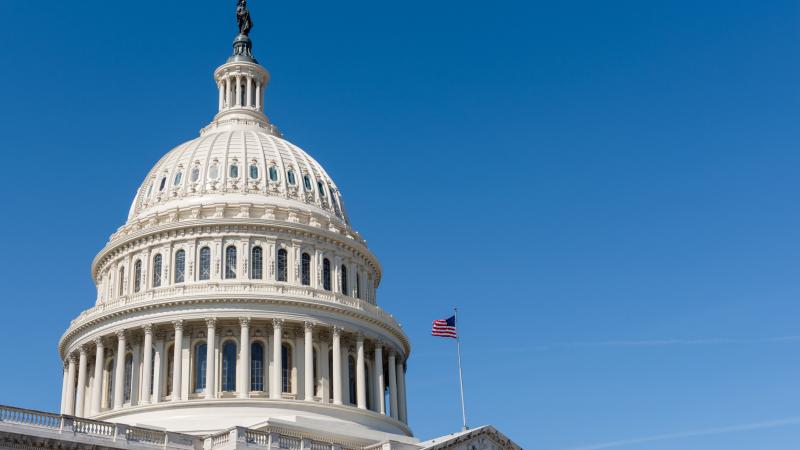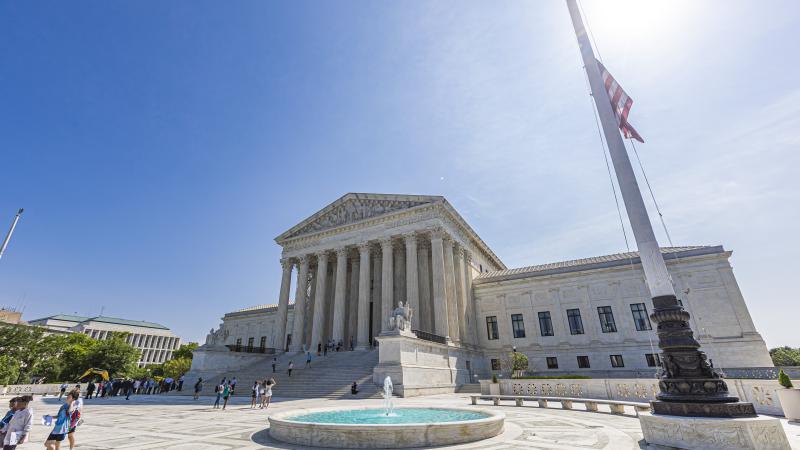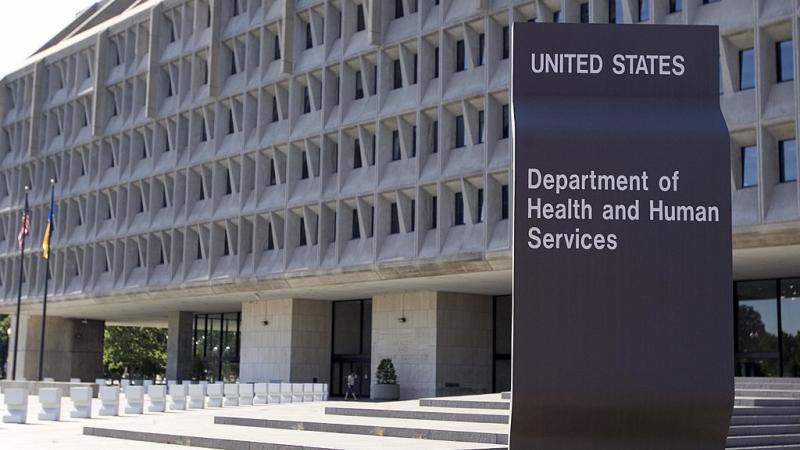Pharma’s advertised drugs made up majority of Medicare drug spending from 2016-2018
The GAO reported that drug manufacturers expended $17.8 billion for direct-to-consumer advertising for 553 medications from 2016 through 2018.
Republican Sen. Chuck Grassley of Iowa and Democratic Sen. Dick Durbin of Illinois issued a joint statement regarding the release of a Government Accountability Office report which found that more than half of the $560 billion that Medicare Parts B and D and beneficiaries expended for medications from 2016 through 2018 went toward drugs that had been promoted through advertising.
"This GAO report found that Pharma's $6 billon annual spending spree on TV, magazine, and internet advertisements for the newest and most expensive drugs balloons Medicare's costs," the bipartisan duo said. "Drugs that are advertised direct-to-consumer accounted for nearly 60 percent of Medicare's medication budget. GAO documented Pharma's tried and true scheme: America's seniors are being targeted with ads for expensive medications without disclosing the price of the drug, then Medicare spending is inflated to the tune of tens of billions of dollars each year. We plan to introduce new legislation to bring transparency to Pharma's unfair drug advertising practices by requiring the disclosure of the product's cost, which will lower drug spending and empower patients."
According to the Government Accountability Office (GAO), drug makers shelled out a whopping $17.8 billion for direct-to-consumer advertising (DTCA) for 553 medications from 2016 through 2018, at a rate of around $6 billion per year.
Medicare Parts B and D and beneficiaries spent $560 billion for medications from 2016 through 2018, and more than half, $324 billion, went toward advertised drugs.
"Among the drugs with the highest Medicare spending, some also had the highest DTCA spending," according to the GAO. "Specifically, among the top 10 drugs with the highest Medicare Parts B or D expenditures, four were also among the top 10 drugs in advertising spending in 2018: Eliquis (blood thinner), Humira (arthritis), Keytruda (cancer), and Lyrica (diabetic pain).
"GAO's review of four advertised drugs found that drug manufacturers changed their DTCA spending during key events, such as increasing spending when a drug was approved to treat additional conditions or decreasing spending following the approval of generic versions. GAO also found that DTCA may have contributed to increases in Medicare beneficiary use and spending among four selected drugs from 2010 through 2018. However, other factors likely contributed to a drug's Medicare beneficiary use and spending, making it difficult to isolate the relationship between drug advertising, use and spending. For example, GAO's review of four selected drugs showed that increases in unit prices were a factor, while stakeholders GAO interviewed cited other contributing factors such as doctors' prescribing decisions and manufacturers' drug promotions directed to doctors."














